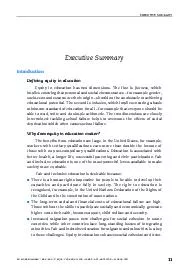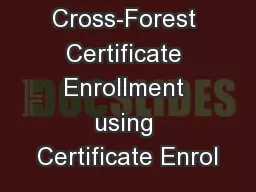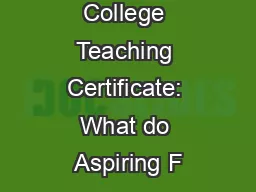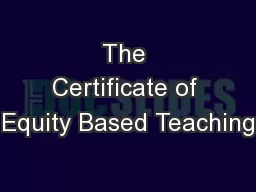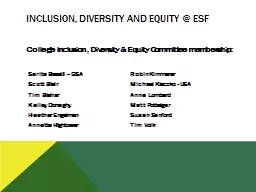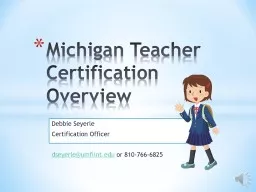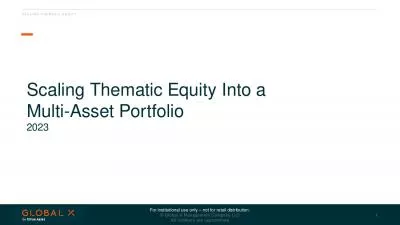PPT-The Certificate of Equity Based Teaching
Author : blastoracle | Published Date : 2020-06-23
UNM Taos Spring 2017 Escala Educational Services LLC All Rights Reserved REQUIREMENTS Attend 4 out of 5 workshops 10 hours Complete an online reflection Present
Presentation Embed Code
Download Presentation
Download Presentation The PPT/PDF document "The Certificate of Equity Based Teaching" is the property of its rightful owner. Permission is granted to download and print the materials on this website for personal, non-commercial use only, and to display it on your personal computer provided you do not modify the materials and that you retain all copyright notices contained in the materials. By downloading content from our website, you accept the terms of this agreement.
The Certificate of Equity Based Teaching: Transcript
Download Rules Of Document
"The Certificate of Equity Based Teaching"The content belongs to its owner. You may download and print it for personal use, without modification, and keep all copyright notices. By downloading, you agree to these terms.
Related Documents


